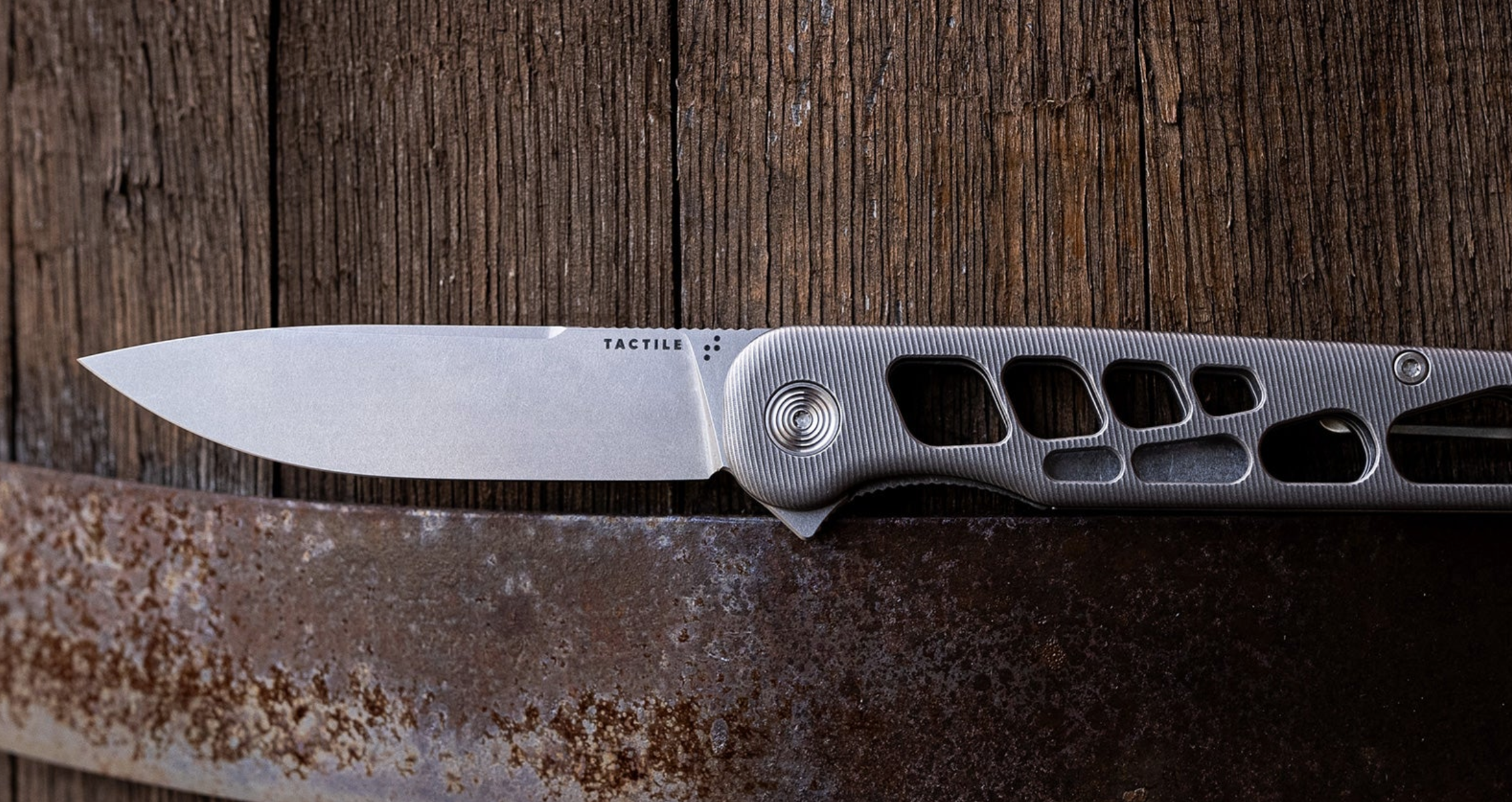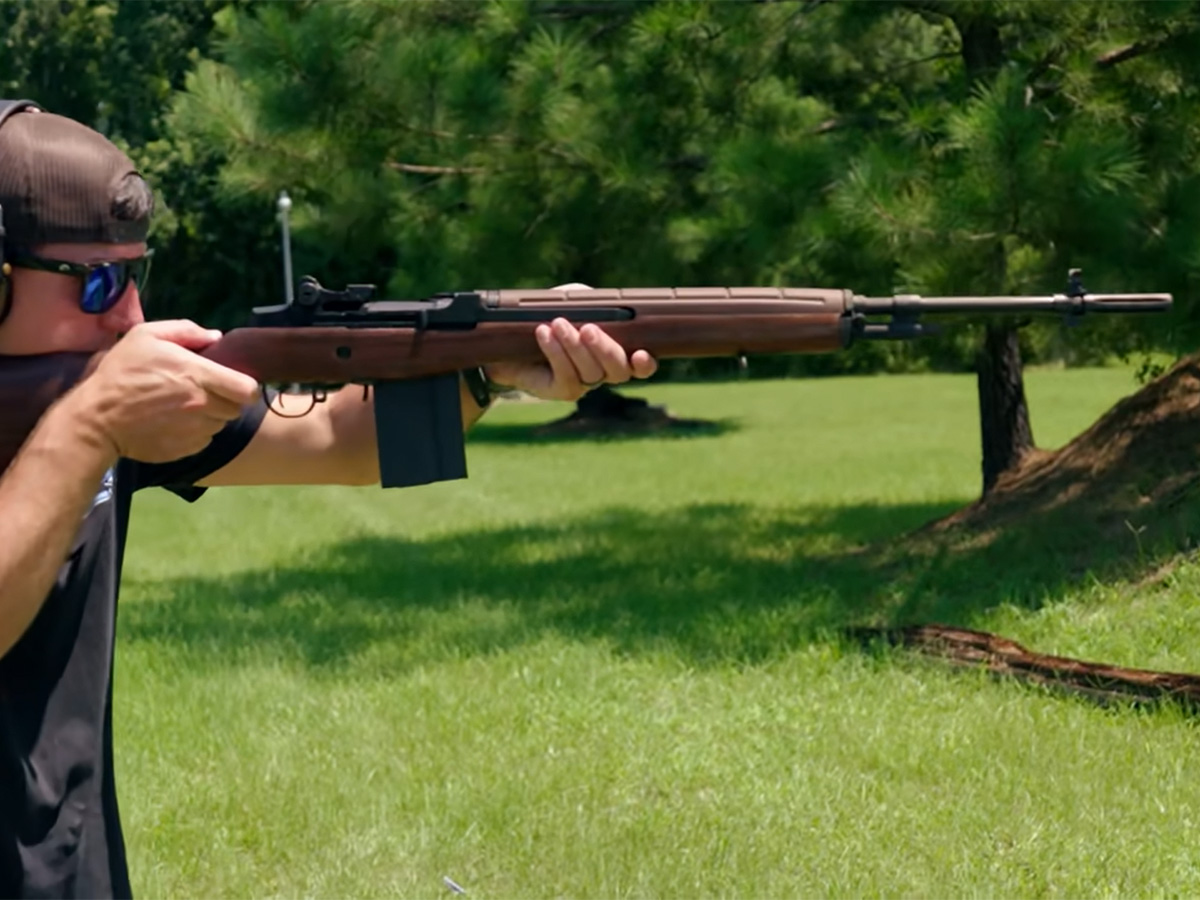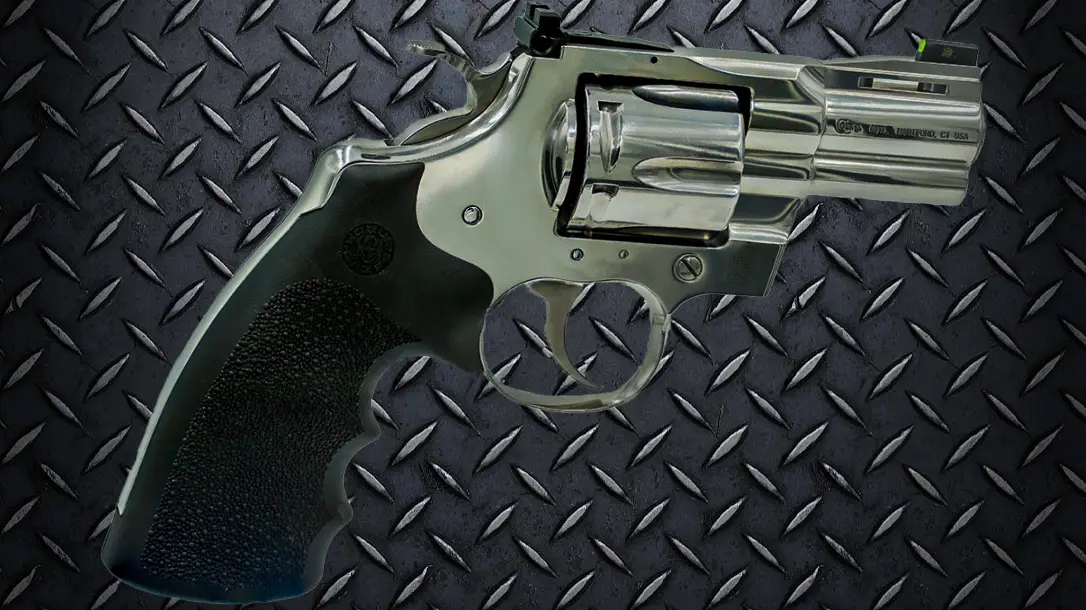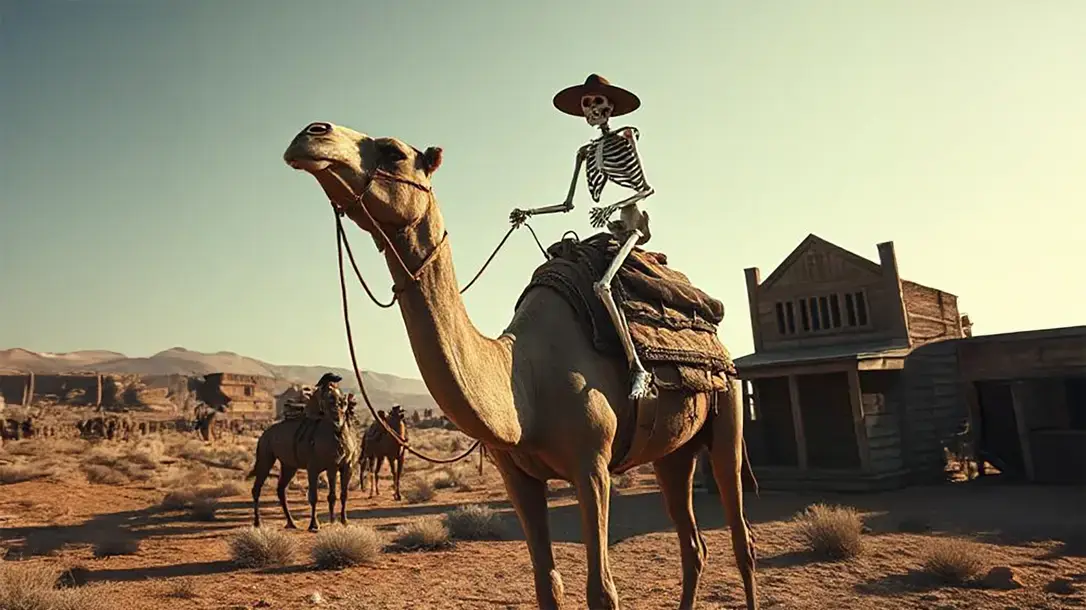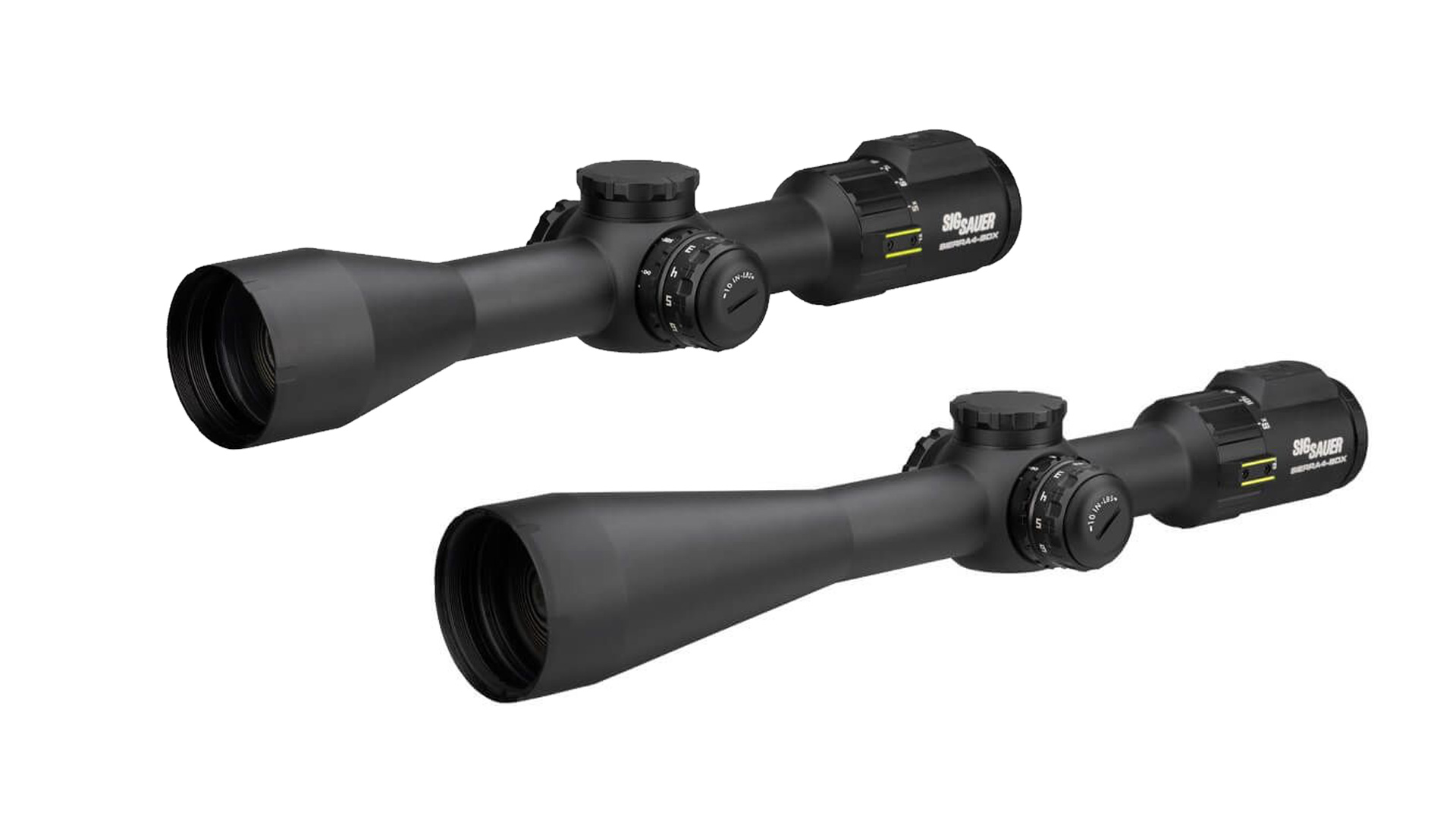Creating Safe Habits
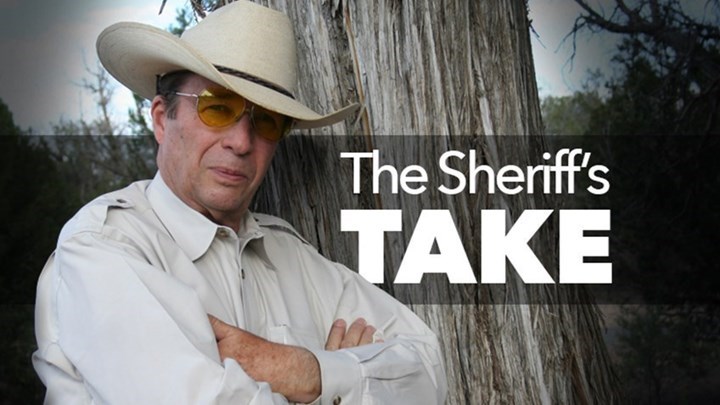
Safety should be our primary concern whenever we are handling a firearm, whether at the range, at home, or even in personal defense. While we celebrate the right of free Americans to own guns, we should keep in mind that we owe it to each other to be as safe with them as is humanly possible. The safety rules that I use and teach are ones that I got from Col. Jeff Cooper and his staff at Gunsite. I like them because they are short, to the point, and easy to remember. Here they are, along with some of my thoughts about them.
#1: All Guns Are Always Loaded. To me, that speaks to our mindset. The mindset being when you see a gun your brain says, “loaded,” until you, yourself, are satisfied that it isn’t. Ideally, if you were taking a class from the world’s greatest defensive instructor you wouldn’t take his word for a gun being loaded or unloaded. You check for yourself.
Even with my own guns at home, when I pick one up, I check it. Now it is pretty easy to see the chambers on a revolver, but with semi-automatics I even do a manual check, sticking my pinky finger into the chamber to just make doubly sure that it is empty.
#2: Never Allow The Muzzle To Cover Anything You Are Not Willing To Destroy. Even when we know the gun is unloaded, we should still be conscious of keeping the muzzle pointed in a safe direction. Why? Because people make mistakes. Secondly, because most people really don’t appreciate having a gun, loaded or otherwise, pointed at them.
#3: Keep Your Finger Off The Trigger Until Your Sights Are On The Target. It is really a good idea to not only have the finger off the trigger, but have it completely outside the trigger guard, as far from the trigger as it physically possible. That should go even if a manual safety has been engaged. Some folks call this the “Golden Rule of Gun Safety” and I can’t argue with that.
I like to lump rules 2 and 3 together because if the gun is always pointed in a safe direction and the finger is off the trigger it is just pretty difficult to have a negligent discharge with any significant damage. A California cop friend once told me about a federal agent going in on a felony apprehension who got shot … in the butt … by the agent behind him. So we chuckle, but it could happen to any of us. Rules 2 and 3 are critical.
#4: Be Sure Of Your Target And What Is Behind It. If I had written this rule, I would have said, “and what is around it.” This is one of the main reasons why it may not be a good idea to return fire to an attacker while in a crowd. There could be people beyond the bad guy who might get hit, and there might even be people who, in their panic, run between me and the bad guy. The smartest move may very well be to take cover and give the defense plan some serious thought before returning fire. It is important to keep in mind that, however righteous our motives, we own every bullet that we fire.
Even though these safety rules are pretty simple we all need to continually remind each other to follow them, all the time, anywhere and everywhere. So I don’t laugh too much when my shooting buddy grabs the staple gun to go put up a target and I see that he’s got his finger straight and out of the guard. Creating good safety habits are what it’s all about.


